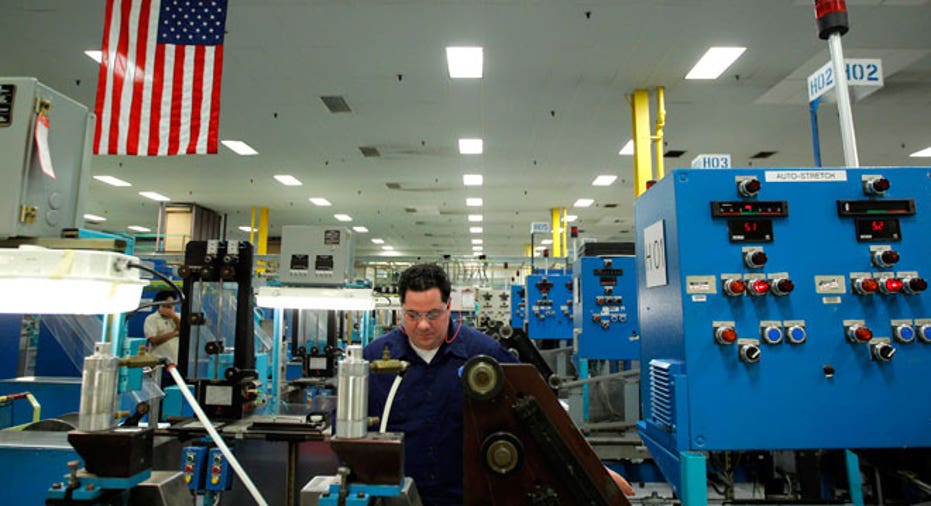U.S. Economy Accelerates More Quickly Than Expected in 2Q

The U.S. economy accelerated more quickly than expected in the second quarter thanks to a surge in exports, bolstering the case for the Federal Reserve to wind down a major economic stimulus program.
Gross domestic product grew at a 2.5 percent annual rate, according to revised estimates for the period that were released by the Commerce Department on Thursday. The quarter's growth rate was more than double the pace clocked in the prior three months.
The report could boost confidence that the economy is turning a corner despite government austerity measures. At the same time, a full recovery from the 2007-09 recession is probably years away as the U.S. jobless rate remains historically high at 7.4 percent.
The government had initially estimated that GDP expanded at a 1.7 percent rate in the second quarter. But recent data on trade showed that exports climbed during the period at their fastest pace in over two years.
The government also said data from retailers showed that businesses had restocked their shelves at a faster pace in the April-June period than initially estimated.
Economists polled by Reuters had forecast the economy growing at a 2.2 percent pace.
Many economists expect the economy will accelerate further in the second half of the year as austerity measures begin to weigh less on national output.
That drag was evident in the second quarter, when spending contracted at all levels of government. Indeed, Thursday's data showed the economic drag from spending cuts was greater in the second quarter than initially estimated.
Still, the data could make officials at the U.S. central bank more confident in their plan to begin reducing monthly bond purchases later this year. The program has reduced borrowing costs and helped spark a recovery in the nation's housing market, which collapsed during the recession.
In the second quarter, investments in housing accounted for nearly a fifth of the economy's growth during the period.
However, other reports have suggested that housing began to look more shaky toward the end of the quarter. Expectations that the Fed could reduce bond buying as early as next month have driven mortgage rates sharply higher since May.
The bond-buying program is one of America's last major economic stimulus programs, as the federal government's fiscal austerity began dragging on the economy in late 2010.
In the second quarter, higher taxes appeared to hold consumers back. Consumer spending, which accounts for more than two-thirds of U.S. economic activity, slowed to a 1.8 percent growth pace after rising at a 2.3 percent rate in the first quarter.